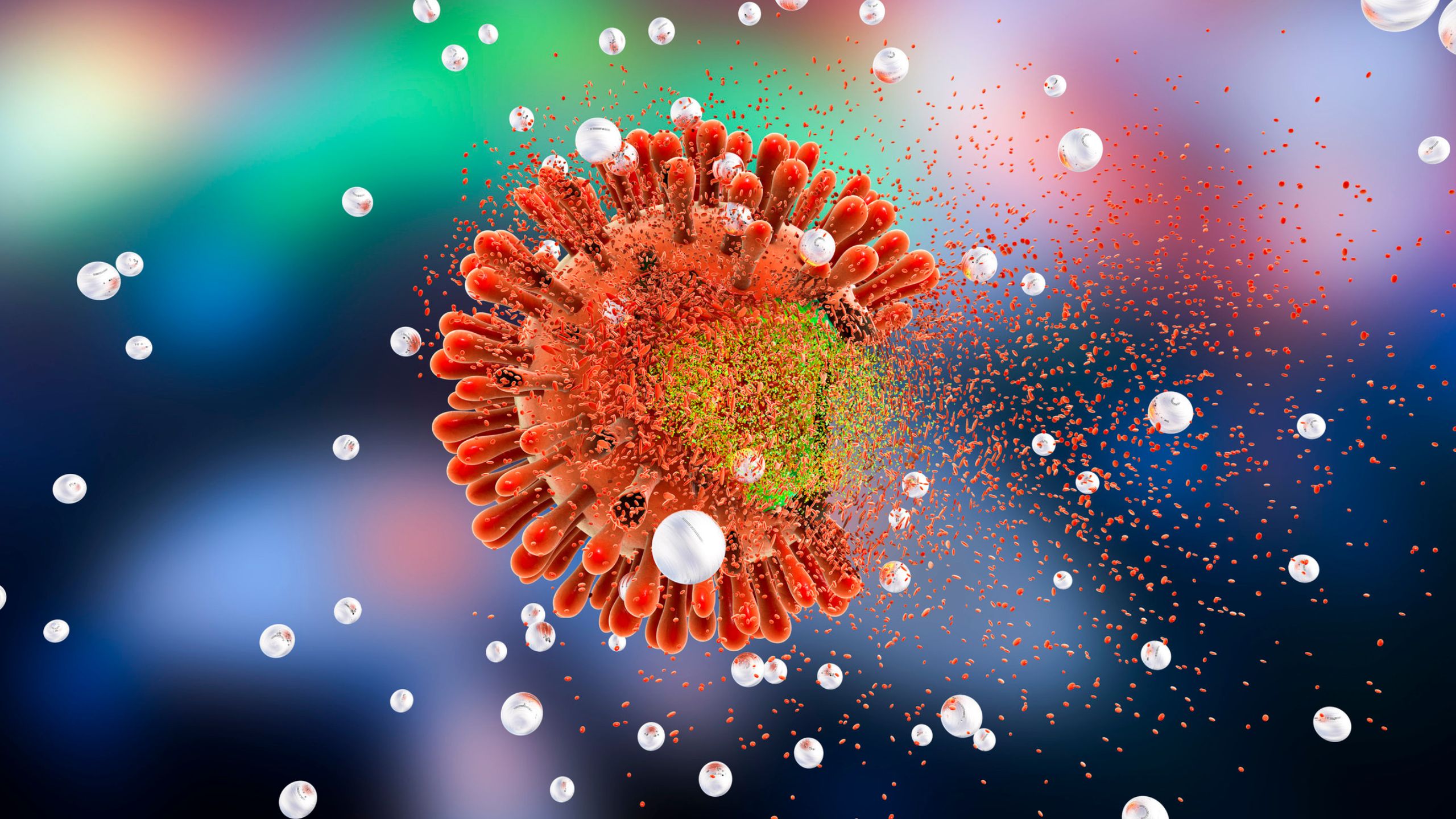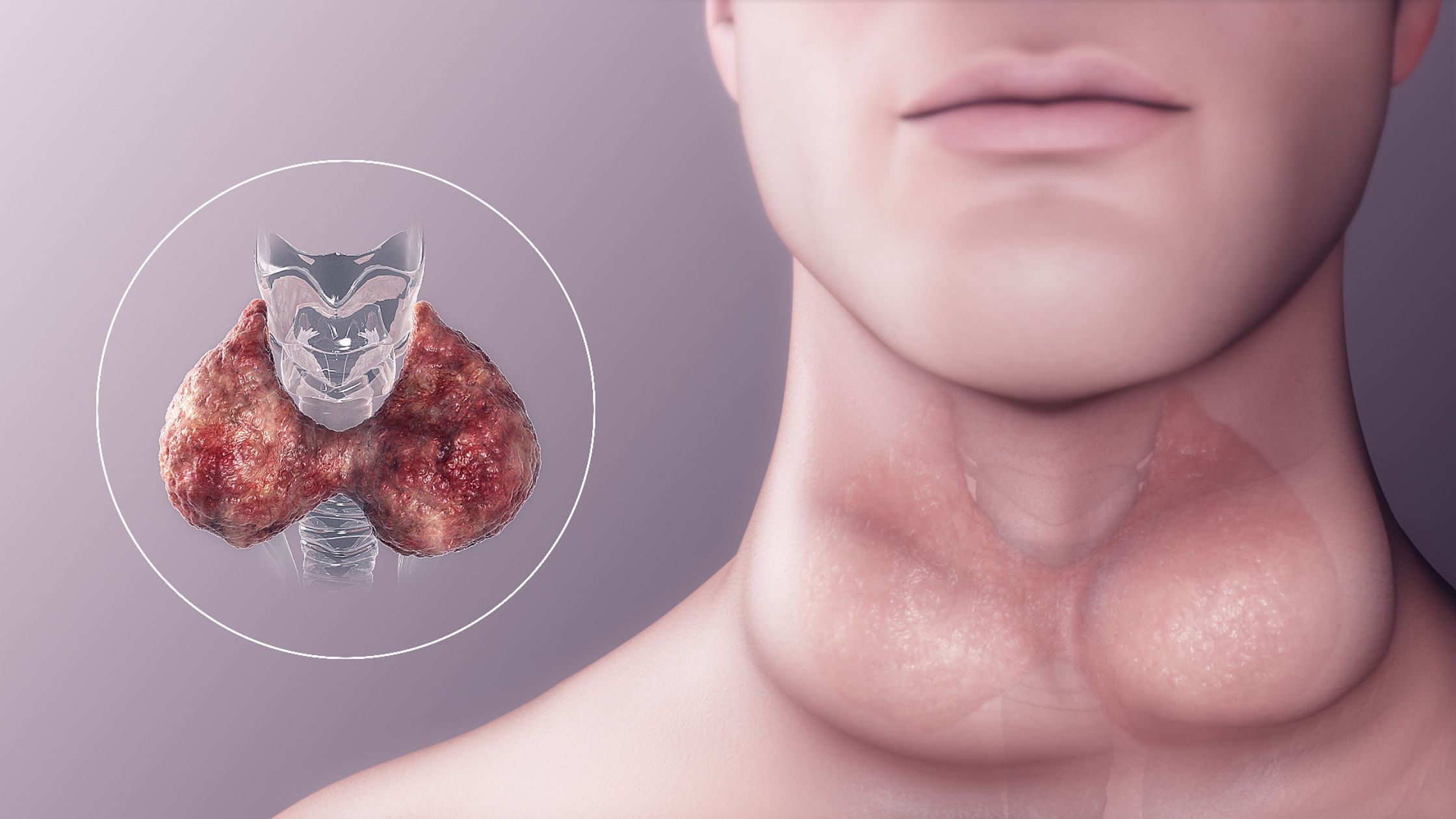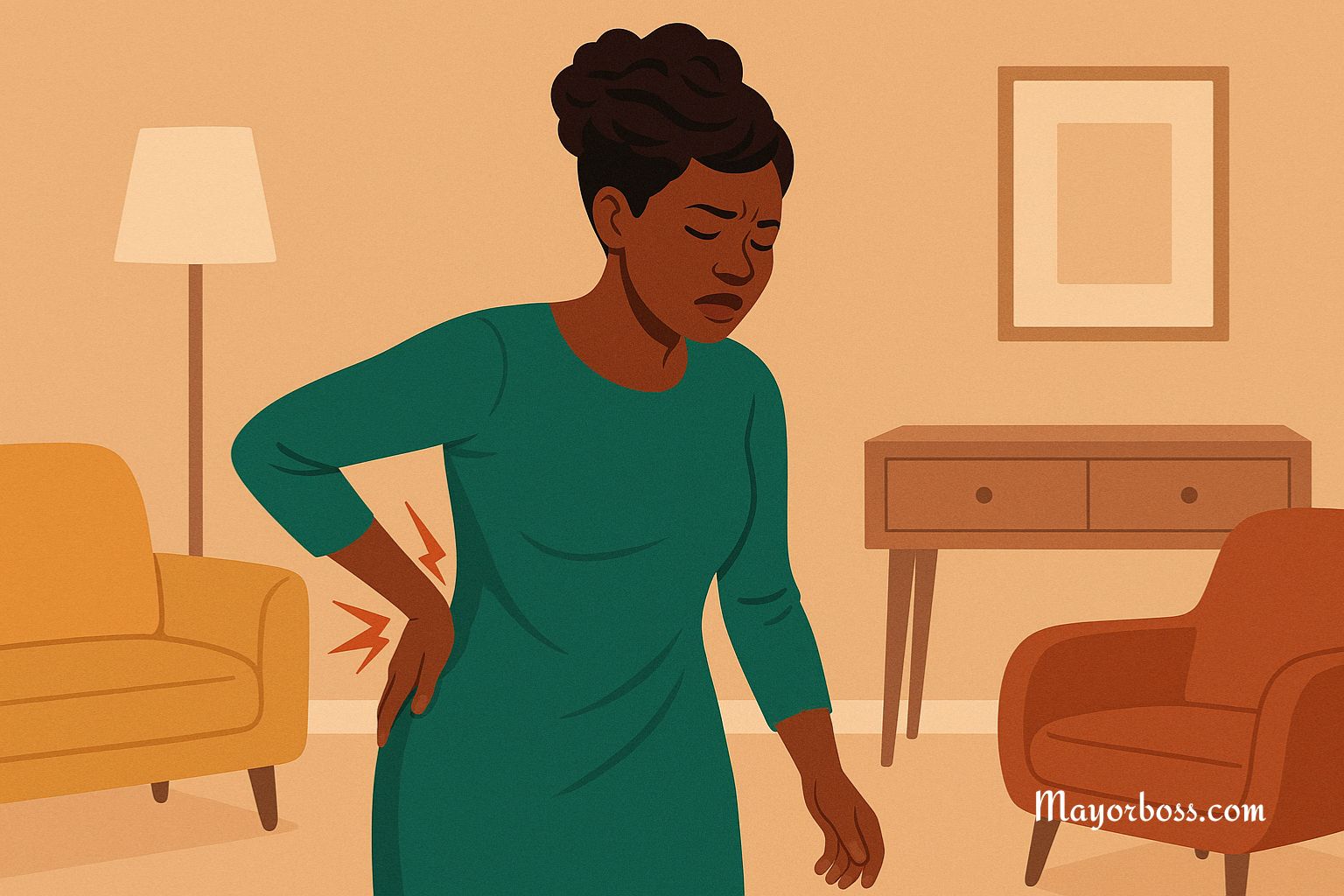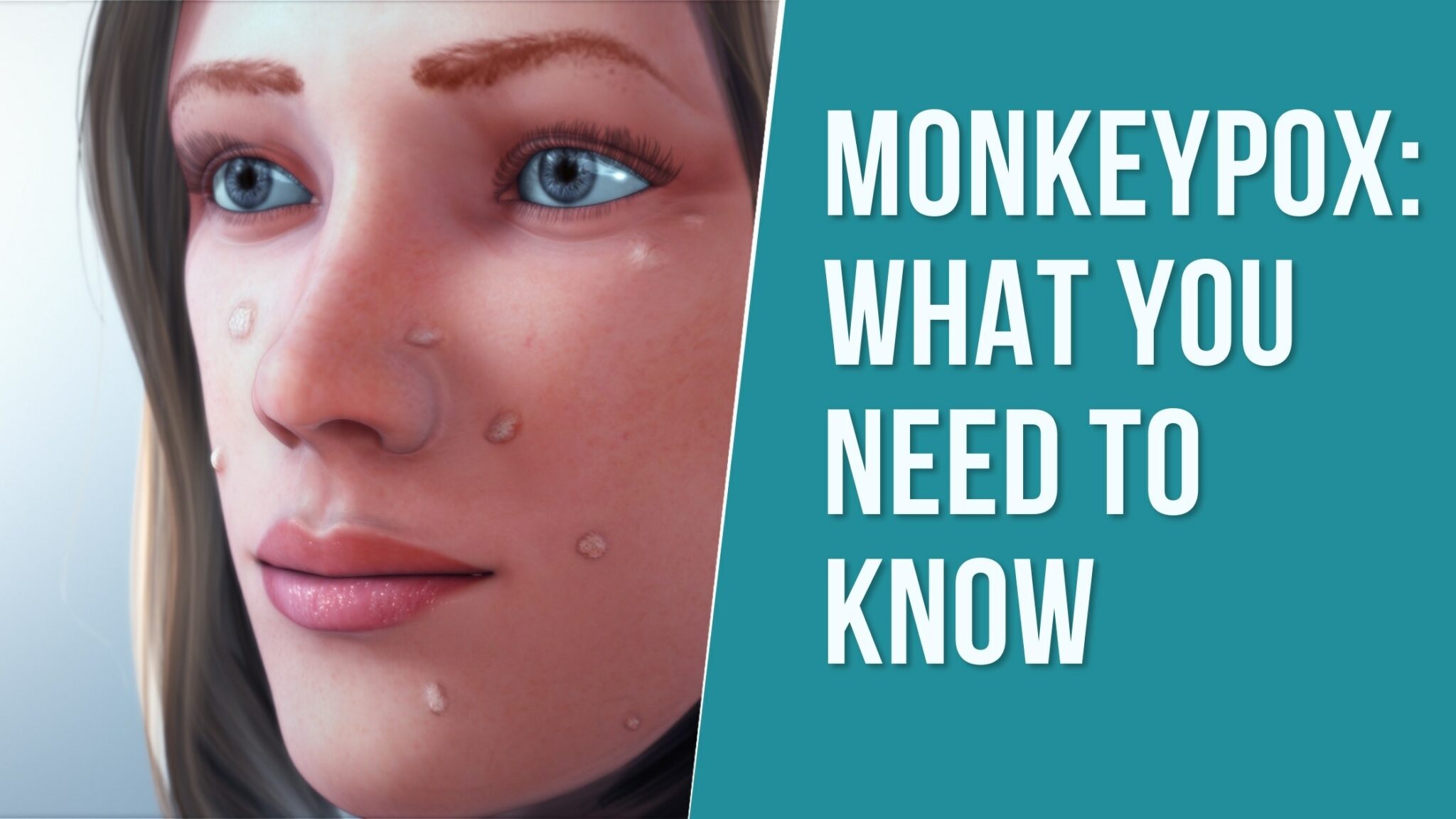Human Papillomavirus (HPV) and How Do You Get It?
Human Papillomavirus, or HPV, is a term that frequently surfaces in health discussions, but its complexities and nuances often remain unclear to many. Let’s delve deeper into understanding HPV, its transmission, and prevention methods, providing a comprehensive overview of this common yet often misunderstood virus.

What is HPV?
HPV refers to a group of over 100 related viruses, each identified by a specific number, known as an HPV type. It’s incredibly prevalent, making it almost a rite of passage for sexually active individuals, many of whom contract it at some stage without realizing it due to its often asymptomatic nature.
How HPV Spreads
The primary route of HPV transmission is through intimate skin-to-skin contact. This contact most frequently occurs during sexual activities, including vaginal, anal, or oral sex, with a person carrying the virus. HPV’s ability to transmit without visible symptoms makes it particularly stealthy and widespread.
Common Misconceptions About HPV Transmission
One widespread misconception is that HPV is only contagious when symptoms like warts are present. However, the virus can be passed on by individuals who show no visible symptoms at all, which is a significant factor in its pervasive spread.
Types of HPV: Understanding the Risks
HPV is broadly categorized into two types: low-risk and high-risk.
- Low-Risk HPV: This variant can lead to warts in areas like the genitals, anus, mouth, tongue, or throat. These growths are typically benign.
- High-Risk HPV: This category is more concerning due to its potential to cause various cancers, including cervical, anal, and oropharyngeal cancers.
HPV Prevention: Reducing Your Risk
The Role of Vaccination
Vaccination is a key strategy in preventing HPV. The HPV vaccine, recommended for preteens but available up to age 26 for those not previously vaccinated, is both effective and safe. It significantly reduces the risk of contracting the most dangerous HPV types.
Safe Sex Practices
Using condoms and dental dams during sexual activities can lower the chances of acquiring HPV. However, they do not provide complete protection, as HPV can infect areas not covered by these barriers.
Regular Health Screenings
Regular screenings, such as Pap tests for cervical health, are crucial. These screenings can detect changes in the cervix that could indicate cancer risk or the presence of high-risk HPV types.
HPV and Its Impact on Health
The Asymptomatic Nature of HPV
Many people with HPV do not develop symptoms or health problems. In 90% of cases, the body’s immune system clears HPV naturally within two years. However, when HPV does not go away, it can result in health issues like genital warts and cancer.
Genital Warts
Caused by low-risk HPV types, genital warts can appear as bumps or growths in the genital area. They are generally harmless but can be bothersome.
Cancer and High-Risk HPV
Certain high-risk types of HPV can lead to cancers. The most well-known is cervical cancer, but HPV can also cause cancer in the penis, anus, vulva, vagina, and throat.
Living with HPV: Management and Treatment
While there’s no cure for HPV, there are treatments for the health problems it causes:
- Treatment for Warts: Options include prescription medications, cryotherapy, and surgical removal.
- Cancer Treatment: If cancer is detected, treatment will depend on the type, location, and stage of the cancer.
The Emotional Impact of HPV
Receiving an HPV diagnosis can be emotionally challenging. Understanding that HPV is common and manageable can help alleviate anxiety and stigma associated with the virus.
HPV and Relationships
Discussing HPV with sexual partners is important for mutual health and understanding. Using protection and considering vaccination can reduce risks in a relationship.
When to Seek Medical Advice
If you have concerns about HPV or its associated health risks, it’s crucial to consult with a healthcare provider. They can provide guidance on vaccination, screenings, and any necessary treatments.
Key Takeaways
- HPV, a common virus, is primarily transmitted through intimate skin-to-skin contact.
- It’s divided into low-risk (generally causing warts) and high-risk (linked to cancers) types.
- Vaccination, safe sexual practices, and regular screenings are vital in preventing and managing HPV.
- Most HPV infections go away on their own, but persistent HPV can lead to serious health issues.
- Regular communication with healthcare providers and partners is essential for managing HPV.






